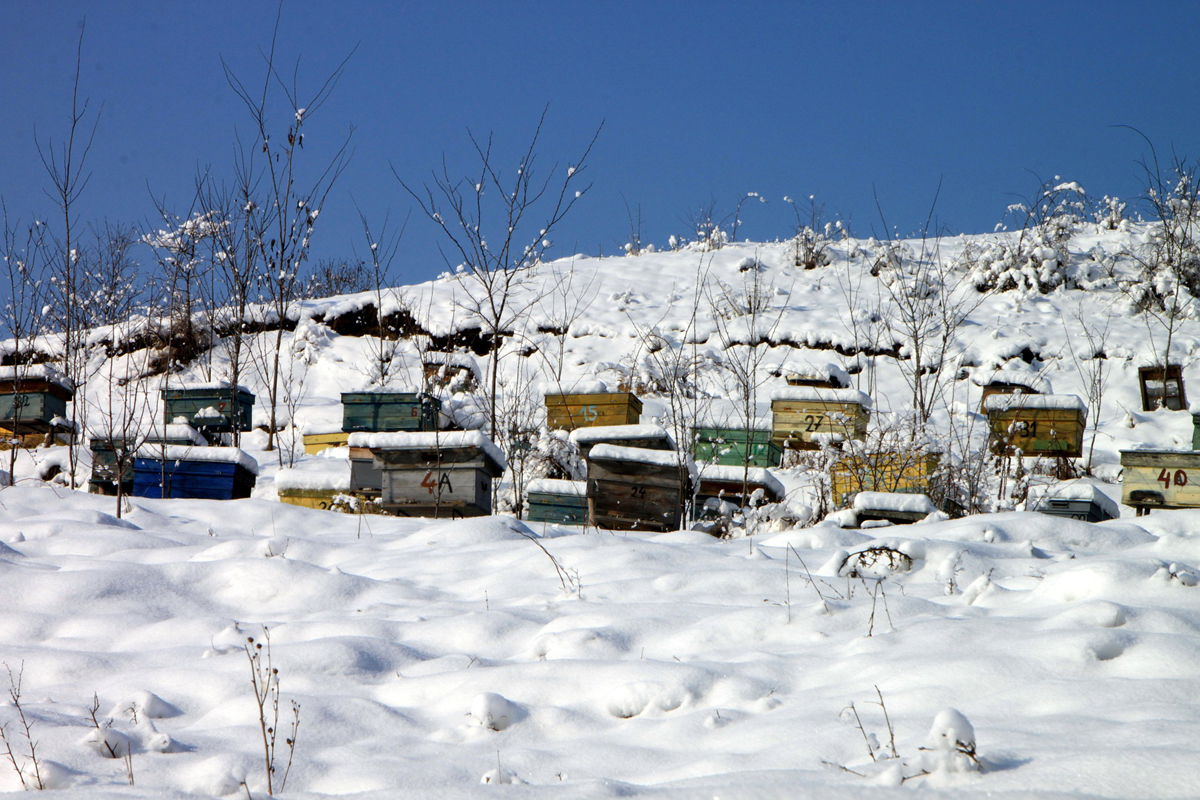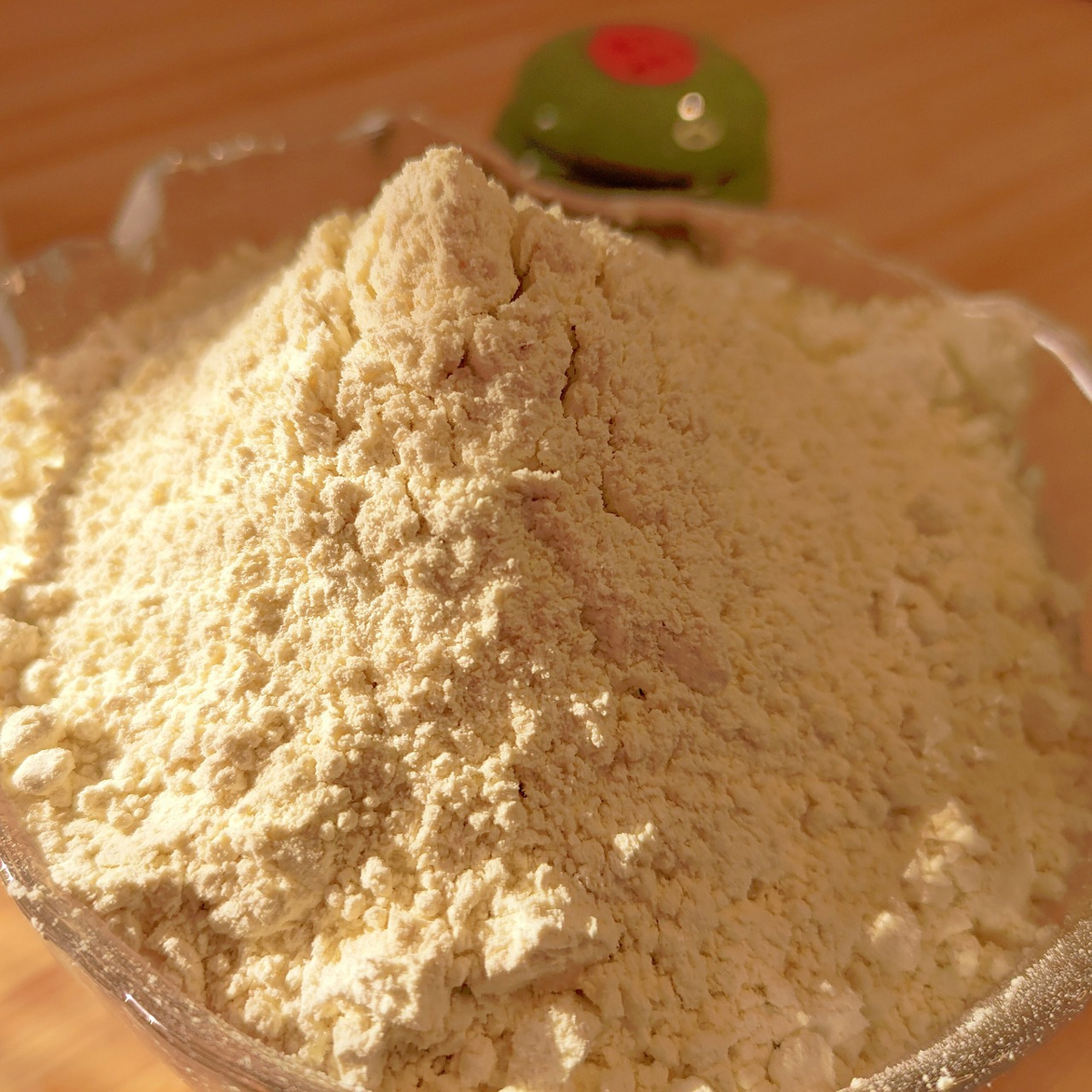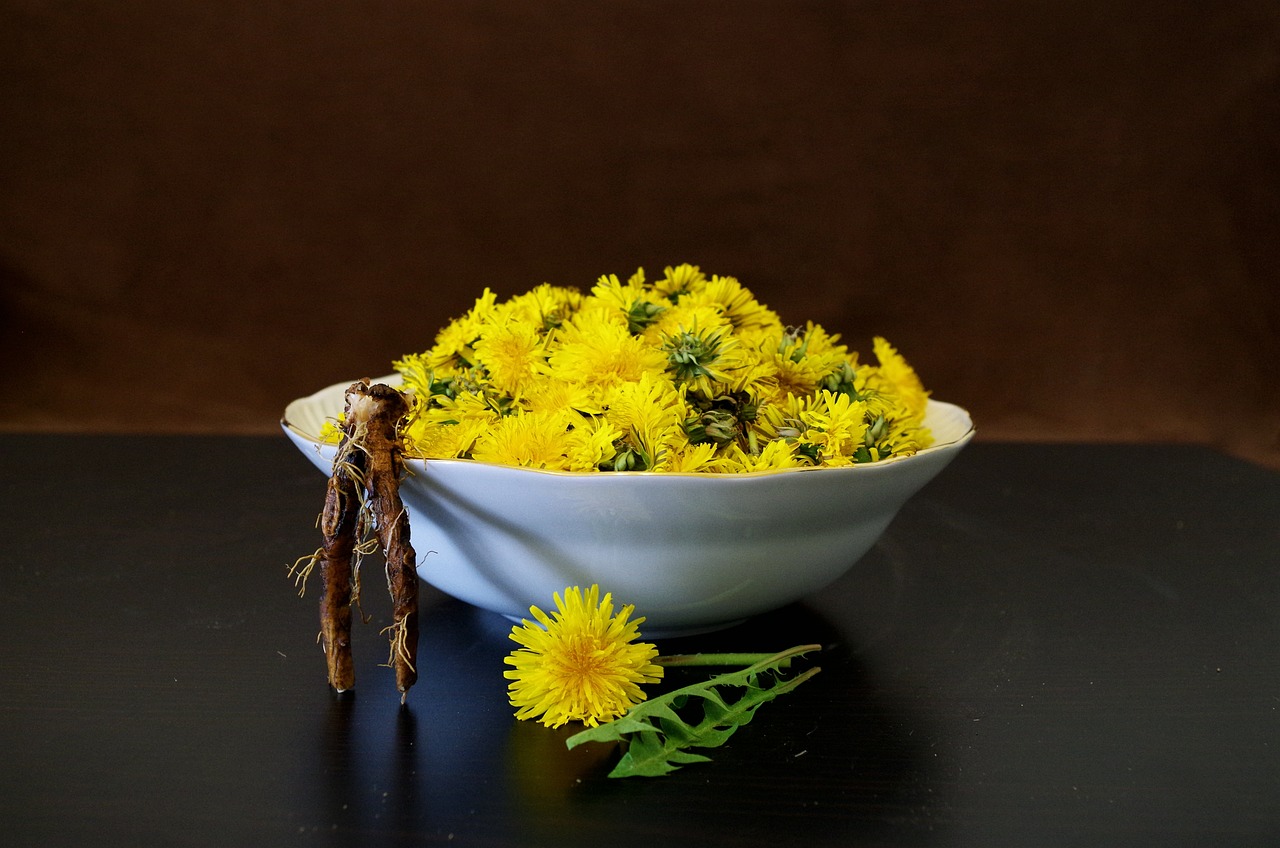The Ultimate Guide to Fishing: Catching, Cooking and Storing Fresh Fish
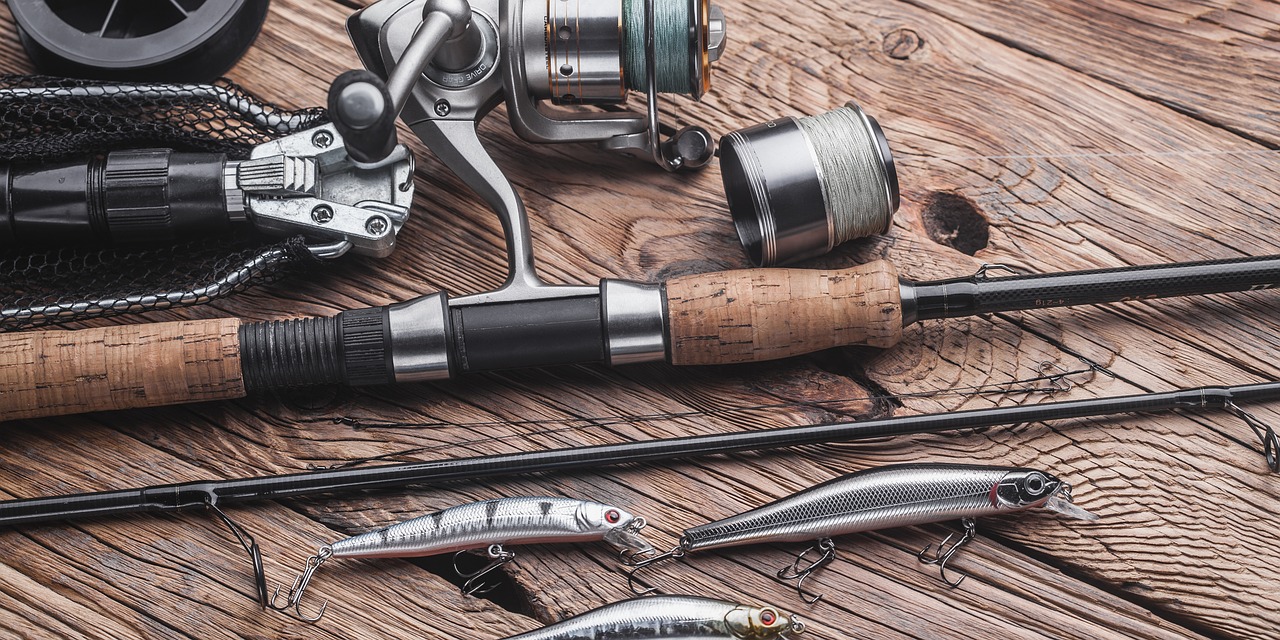
Fishing is one of the most popular outdoor activities around the world. Whether you’re a seasoned angler or a beginner, there’s nothing quite like the thrill of reeling in a big catch. But once you’ve got your fish, what do you do next?
Here’s everything you need to know about making the most of your fishing trip.

Best Fish to Eat from Lakes, Streams and Oceans
Different types of fish are found in different bodies of water. Some of the best fish to eat from lakes include trout, bass, and walleye. In streams and rivers, you can find salmon, catfish and perch. In the ocean, some of the tastiest fish to eat include salmon, tuna and snapper. When choosing fish to eat, make sure to check local fishing regulations and advisories to ensure that the fish are safe to consume.
Fishing Hacks
Here are some fishing hacks that will help you catch more fish and have a great time while doing it.
1. Use a Polarized Sunglass: A polarized sunglass helps to reduce glare, thus giving you a clear view of what’s happening underwater. With this, you can see the fish movement and adjust accordingly.
2. Artificial Bait: Try using an artificial bait that resembles the natural prey of the fish you want to catch. This may include worms, minnows, or even small fish. It is a proven method used by professional fishermen to catch more fish.
3. Fish during the Golden Hour: The golden hour is the early morning or late evening when the sun is low in the sky. During this time, fish are more active, making it easier to catch them.
4. Be Patient: Patience is key when it comes to fishing. Don’t get discouraged if you don’t get a bite in the first few minutes. Sometimes it takes longer to catch fish, but the wait is always worth it.
5. Always Check your Equipment: Make sure you check your fishing line, hooks, and lures before you start fishing. This will prevent any unexpected issues such as a broken line or hook.
6. Use a Fishing App: There are various fishing apps available that provide information on weather patterns, ideal fishing locations, and bait recommendations. This will help increase your chances of catching fish.
7. Keep Noise Level Low: Fish are easily spooked by loud noises, so it’s essential to keep noise levels low when fishing. Avoid slamming tackle boxes or talking loudly on the boat.
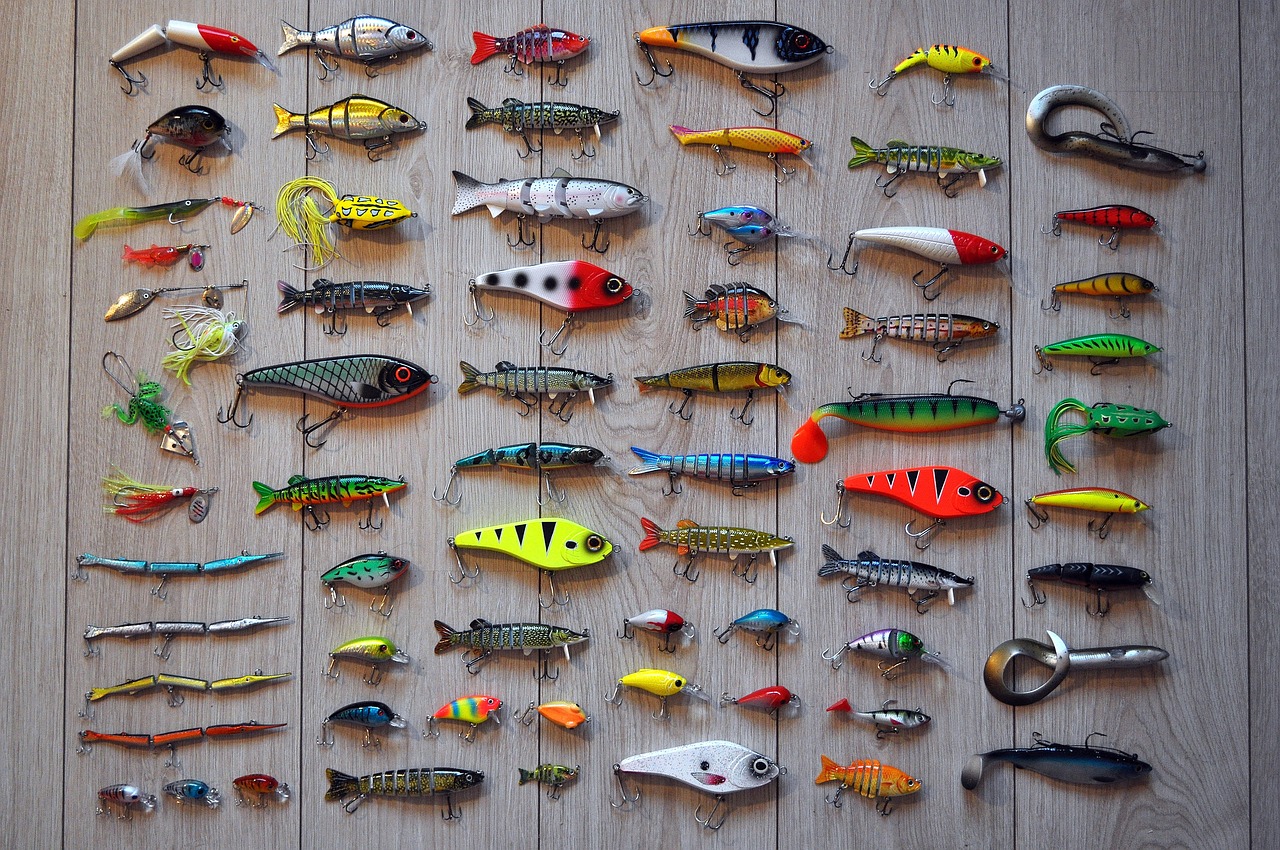 Best Lures for Each Type of Fish
Best Lures for Each Type of Fish
Different types of fish respond to different types of lures. Trout and bass tend to go for small jigs or spinners, while walleye prefer live bait or jigs with minnows. Salmon and tuna are often targeted using traditional lures such as plugs or spoons, while snapper tend to go for lures that mimic small fish or squid.
How to Use Scents for Common Fish
Fish rely heavily on their sense of smell to find food and avoid danger. Here are some tips to keep in mind while fishing:
1. Use fresh bait: Fish are attracted to the scent of fresh bait, so make sure you change your bait frequently.
2. Avoid strong scents: Avoid using strong-smelling lotions, perfumes, or colognes as they can transfer to your bait and deter fish.
3. Handle bait carefully: Avoid handling bait with bare hands as the oils and scents from your skin can transfer onto the bait and turn off the fish.
4. Use natural scents: If you’re using artificial lures, try adding a drop or two of a natural scent like shrimp or crawfish to boost their effectiveness.
5. Keep your fishing gear clean: Regularly clean your fishing gear to eliminate any unpleasant odors that may be repelling fish.
Remember, every fish species has a unique scent preference, so it’s always best to do some research and learn about the specific kind of fish you’re targeting.
Here are some scent preferences for common fish that anglers use as bait:
1. Bass: Use scents that mimic shad or crayfish, which are their preferred prey. Garlic, anise, corn scent, garlic scent, and shrimp scents are also effective.
2. Trout: Use scents that mimic their natural prey like insects and small minnows. Worms, cheese, and salmon eggs are popular scents for trout.
3. Catfish: Use strong, oily scents such as chicken liver, blood baits, cheese scent, and stink baits. They are attracted to strong smells.
4. Panfish (fresh water, small catch): Use sweet or fruity scents like cherry, strawberry, or peach. They also respond well to garlic and shrimp scents.
5. Pike: sucker scent, musky scent, shad scent.
6. Walleye (yellow pike): nightcrawler scent, minnow scent, leech scent.
7. Crappie: minnow scent, shad scent, garlic scent.
When applying scent to your bait, start by adding a small amount at a time, as too much scent can actually repel fish. Experiment with different scents and amounts to find what works best for the fish you are targeting.
Storage Once You’ve Caught Them
To ensure that your fish stays fresh, it’s important to store it properly. Wrap it in a damp cloth or paper towel and place it in a cooler with ice. Make sure the fish stays cold, but doesn’t actually touch the ice. If you plan to keep it for more than a day or two, consider freezing it.
Cleaning Your Fish
Cleaning your fish is an essential step in preparing it for cooking. Here is a step-by-step guide on how to clean a fish:
Step 1: Gather the necessary tools
You will need a fillet knife, a cutting board, a bucket or bowl, and a pair of pliers. Make sure your knife is sharp and your cutting board is stable.
Step 2: Remove the scales
Hold the fish firmly with a towel or cloth. Starting at the tail, use the back of the knife to scrape the scales off in a quick, firm motion. Work your way towards the head until all the scales have been removed.
Step 3: Make the first cut
Use the fillet knife to make a shallow cut just behind the gills on one side of the fish. Cut down towards the backbone, stopping at the spine.
Step 4: Remove the head
Using the pliers, grasp the head of the fish and twist it gently in a downward motion until it comes loose from the body.
Step 5: Gut the fish
Make another shallow cut along the belly of the fish from the anal vent to the head. Use your fingers or a spoon to scoop out the internal organs. Rinse the cavity of the fish thoroughly with cold water.
Step 6: Remove the fillet
Starting behind the gills, slide the fillet knife down the length of the fish, following the contour of the bones. Use your free hand to pull the flesh away from the bones as you cut. Continue cutting until the fillet is completely removed.
Step 7: Repeat on the other side
Flip the fish over and repeat the process on the other side to remove the second fillet.
Step 8: Rinse and store
Rinse both fillets thoroughly with cold water and pat them dry with a paper towel. Store them in a sealed container in the refrigerator or freezer.
And that’s it! With a little practice, cleaning a fish can become an easy task. Just remember to take your time and use caution with the knife and pliers.
Freezing Your Fish
If you don’t plan on cooking your fish right away, freezing it is a great way to preserve it. Wrap the fish tightly in plastic wrap or freezer paper and place it in a freezer bag. Label the bag with the type of fish and the date it was frozen.
Simple Fish Batter Recipe
Ingredients:
- 1/2 cup all-purpose flour
- 1/2 cup cornstarch
- 1 tsp baking powder
- 1 tsp paprika
- 1/4 tsp salt
- 1/4 tsp black pepper
- 1/2 cup beer
- 1 egg
- Oil for frying
Directions:
1. In a bowl, mix together flour, cornstarch, baking powder, paprika, salt, and pepper.
2. In a separate bowl, whisk together beer and egg.
3. Gradually pour the wet mixture into the dry mixture, stirring until smooth.
4. In a deep frying pan, heat oil to 375°F.
5. Dip each piece of fish into the batter, and then carefully drop it into the hot oil.
6. Fry until golden brown, turning once if necessary.
7. Drain on paper towels and serve with tartar sauce and lemon wedges.
Fishing is a fun and rewarding pastime that can also provide a delicious meal. By following the tips in this guide, you’ll be well equipped to catch, clean, store, and cook your fish like a pro. So grab your fishing rod, head to your favorite fishing spot, and get ready to reel in the perfect catch.
The Author:
Pioneerthinking.com: Ingredients for a Simple Life. Insights from a seasoned professional rooted in country living, with 28 years of horticulture expertise and over two decades of practical experience in homesteading, natural beauty, natural health, cooking and creative living.
Photo. u_lbvnw2ewka, Ezekiel Morin, Miranda Bleijenberg



